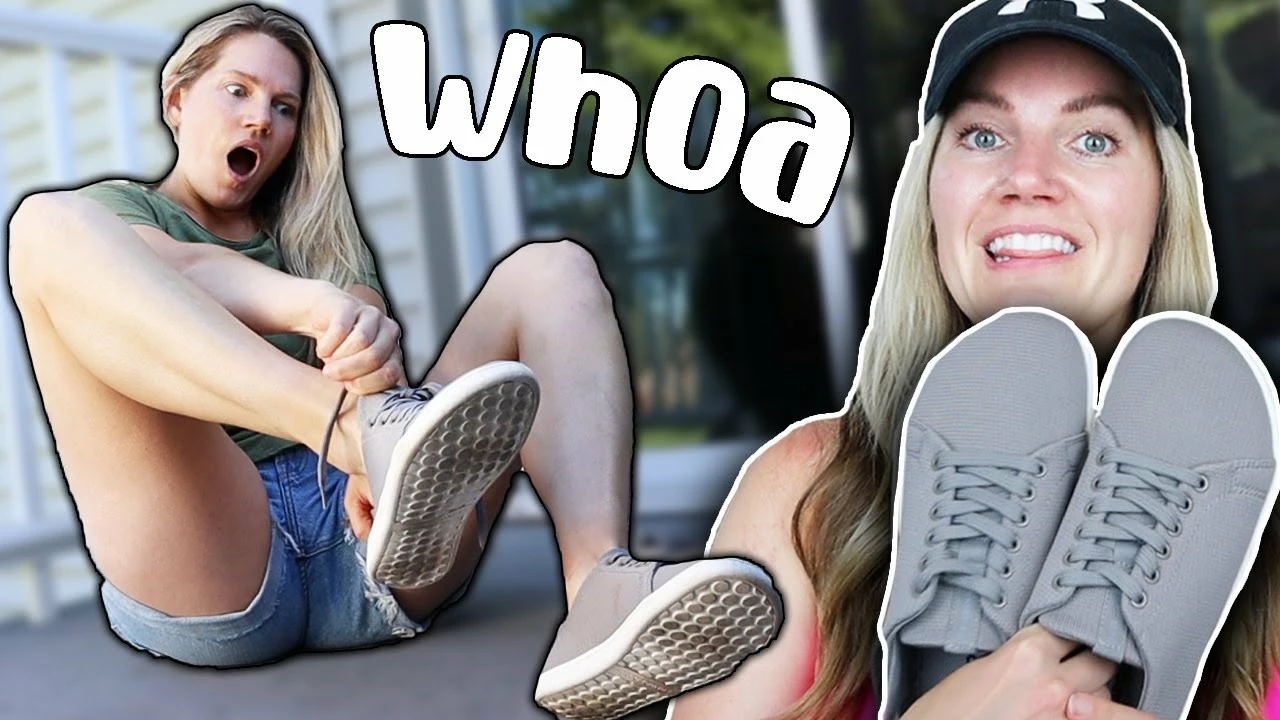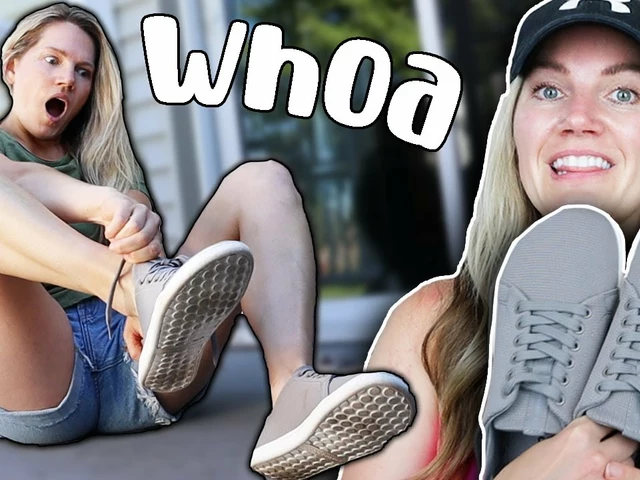The Comfort Debate: Tennis Shoes without Socks
Let's start from the most basic point: comfort. Many people might ask, 'Is it comfortable to wear tennis shoes without socks?' The answer can vary from person to person. Some people find it extremely comfortable to let their feet breathe without the confinement of socks. They enjoy the feel of the shoe material directly against their skin, especially if it's a shoe with a soft, cushioned interior.
However, others may find it uncomfortable due to friction between their skin and the shoe material, which may lead to blisters. The idea of comfort is subjective and depends on personal preference, as well as the design of the shoe. So, if you're considering ditching socks with your tennis shoes, it's best to give it a try and see how it feels for you.
Sweat and Odor Control: An Important Consideration
One of the primary functions of socks is to absorb sweat, preventing it from soaking into your shoes. When you wear tennis shoes without socks, your shoes are likely to get wet and smelly. It's important to remember that feet are one of the body's most significant sweat producers, and without socks, there is nothing to absorb the moisture.
Not only does this create an uncomfortable damp feeling, but it also provides a perfect environment for bacteria to grow, which can lead to foot odor. If you're planning on going sockless, you might want to consider using a foot spray or powder to help control sweat and odor.
The Fashion Perspective: Sockless Trend
From a style perspective, wearing tennis shoes without socks has become quite a trend. The sockless look is sleek, modern, and gives off a casual, carefree vibe. It's especially popular in warmer climates and during summer months when less is more.
It's worth noting that the fashion industry has responded to this trend with shoes designed specifically to be worn without socks. These shoes often feature breathable materials and antibacterial insoles to combat the issues of sweat and odor. So, if you're into fashion and want to try this trend, these shoes might be worth checking out.
Health Risks: Blisters and Fungal Infections
Unfortunately, wearing tennis shoes without socks isn't all about comfort and style; it also comes with potential health risks. The most common issue is blisters caused by the friction between your skin and the shoe. Without socks acting as a barrier, your skin is more susceptible to this type of irritation.
Moreover, the moist, warm environment inside a shoe worn without socks is a breeding ground for fungal infections, like athlete's foot. If you choose to go sockless, take precautions such as washing and drying your feet thoroughly, using antifungal sprays, and not wearing the same shoes two days in a row to allow them to dry out completely.
Shoe Longevity: Shortened Lifespan
When you wear tennis shoes without socks, the increased moisture and friction can cause your shoes to wear out more quickly. The sweat can break down the shoe's material, and any foot odor can be difficult to remove, which means you might find yourself needing to replace your shoes more frequently.
To prolong the lifespan of your shoes, consider using foot powder or antiperspirant, and let your shoes air out and dry completely between wears. You might also want to have multiple pairs of shoes to rotate through to give each pair a break.
Alternatives to Going Sockless: Invisible Socks
If you're hesitant about going completely sockless but like the look, there's a compromise: invisible or no-show socks. These are socks that are cut low enough that they don't show above the top of your shoes, giving the appearance of being sockless while still providing the benefits of wearing socks.
No-show socks can offer the comfort, sweat absorption, and blister protection of regular socks without disrupting the sleek, sockless appearance. They come in various materials and thicknesses, so you can choose what feels most comfortable for you.
Proper Shoe Fit: Essential for Going Sockless
If you're choosing to ditch the socks with your tennis shoes, ensuring a proper shoe fit becomes even more crucial. Without the extra layer of a sock, your shoe needs to fit your foot perfectly to avoid unnecessary rubbing and sliding which can lead to blisters.
When trying on shoes that you plan to wear without socks, make sure there's enough room to wiggle your toes, but not so much room that your foot slides around. Remember, your feet tend to swell throughout the day, so it's best to try on shoes in the evening for the most accurate fit.
Personal Hygiene: A Must for the Sockless
It cannot be stressed enough: if you're going sockless, maintaining good foot hygiene is a must. This means washing your feet regularly, drying them thoroughly, and using products like foot powders or sprays to control sweat and odor.
Also, consider investing in a good quality foot scrub or pumice stone to remove any hard skin or calluses that might cause discomfort or contribute to blister formation when wearing shoes without socks.
Conclusion: To Sock or Not to Sock
At the end of the day, the decision to wear tennis shoes without socks is a personal one. It's a balance between comfort, fashion, and health. Some people swear by the sockless lifestyle, while others can't imagine going without their trusty socks.
If you do decide to go sockless, remember the considerations discussed in this article: control sweat and odor, maintain good foot hygiene, ensure a proper shoe fit, and consider using products or strategies to mitigate potential risks. As with any fashion or comfort choice, it's all about what makes you feel good and what works best for your lifestyle.


